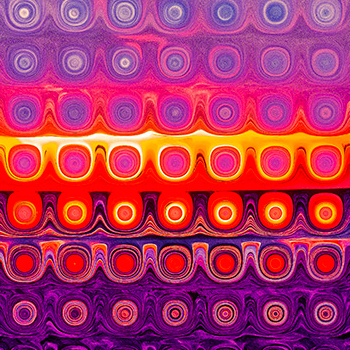A television set has been marked up 250% and is being sold $315. What was the original price of the television set?
1 Answer
You set up an equation and solve.
Explanation:
In this problem, there is an unknown number: the original price of the television before it was marked up 250%.
If we recall, whenever there is an unknown number in a problem, you may replace the unknown number with a variable. In this problem, we will use the letter
Now that we have established our unknown number and what it represents, let's model the equation being described by using this variable.
Here is what the equation should look like:
As we already established,
So now that we have our equation, let's get to work solving it.
First of all, whenever there's a variable just by itself, you can always multiply it by
The second thing we need to remember is that
And that simplifies to:
Next, we can turn
Finally, we can use the Division Property of Equality to divide 3.5 on both sides, which results in the answer:

